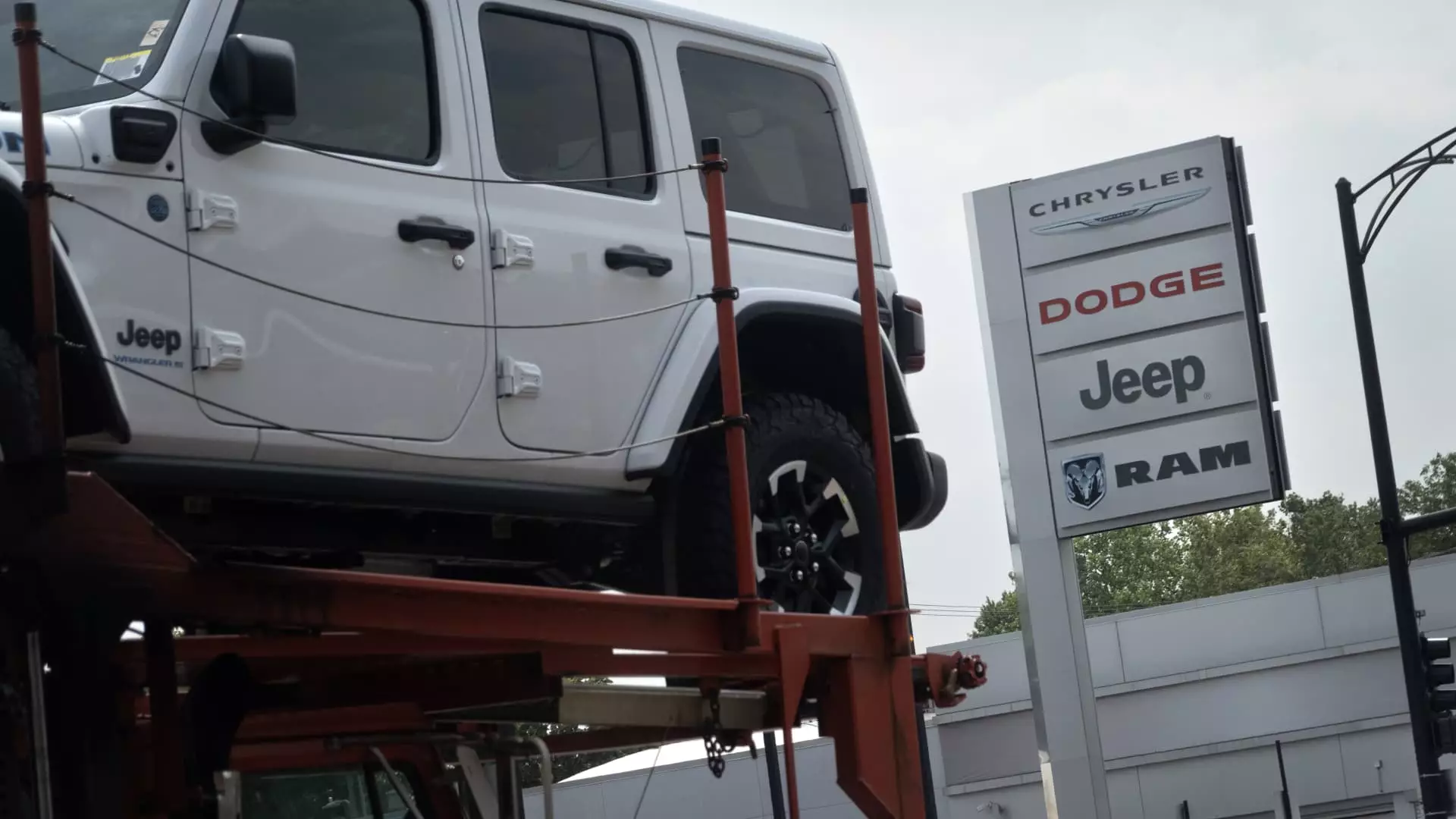The first half of the year has shown a 2.9% increase in U.S. auto sales compared to the previous year. However, there are concerns regarding the sustainability of this growth for the rest of the year. Factors such as growing vehicle inventory levels, increasing incentives, and uncertainty surrounding the economy, interest rates, and the upcoming U.S. presidential election are contributing to these doubts. Cox Automotive predicts that sales growth will slow down in the next six months, reaching approximately 15.7 million units, which is only a 1.3% increase from 2023. Additionally, the growth in sales seems to be driven more by commercial sales rather than consumer sales, which may pose challenges for the industry moving forward.
While the current circumstances may benefit consumers who have been waiting to purchase new vehicles due to high supplies and record prices during the pandemic, they present a significant challenge for automakers. In recent years, automakers have seen record profits due to high demand and limited availability of new vehicles. However, with growing uncertainty and challenges in vehicle pricing and profits, Wall Street analysts are predicting a rough road ahead for automakers. The shift in sales towards commercial rather than retail is also a cause for concern, as retail share of the overall industry is expected to decline by nine percentage points.
According to Cox Automotive, General Motors, Toyota Motor, and Honda Motor are expected to be the “winners” in the first half of the year in terms of sales growth. Toyota is especially poised to challenge GM for the top spot in U.S. auto sales if its growth continues. On the other hand, Tesla is estimated to see a 14.3% decline in sales, while Stellantis is forecasted to be down by 16.5% through June. Honda has surpassed Stellantis in U.S. sales during the first half, pushing the company down to the sixth position from its previous rank of fourth. Stellantis CEO Carlos Tavares has acknowledged mistakes made by the company that led to sales declines, bloated inventories, and investor concerns.
As Cox Automotive points out, the current state of U.S. auto sales marks a shift from the seller’s market that defined the industry in recent years. This change means further challenges for new vehicle grosses and dealer profitability. While the future may hold uncertainties and difficulties for automakers, consumers may benefit from increased choices and competitive pricing in the market. It remains to be seen how the industry will navigate through these challenging times and adapt to the changing dynamics of the market.

